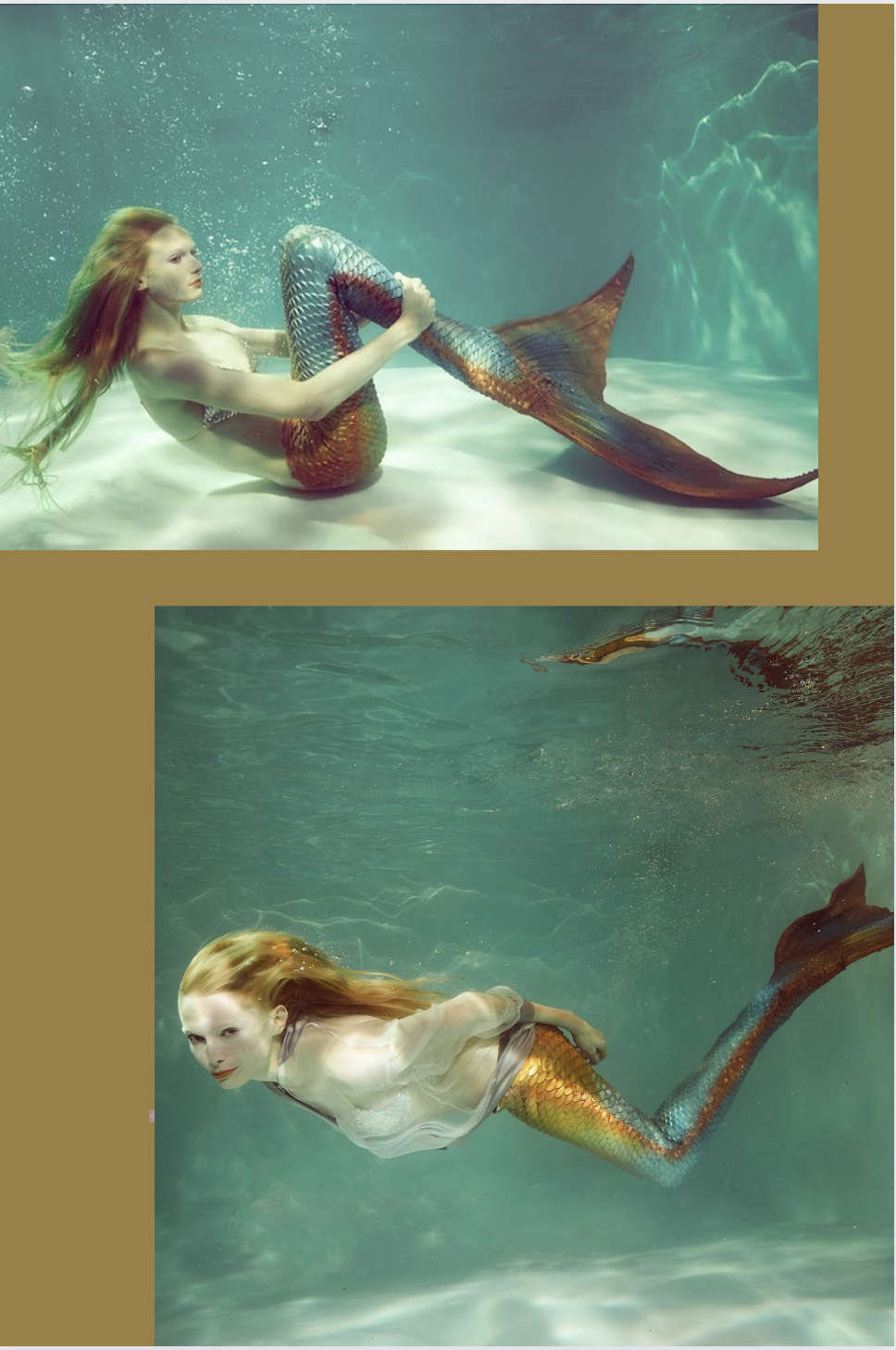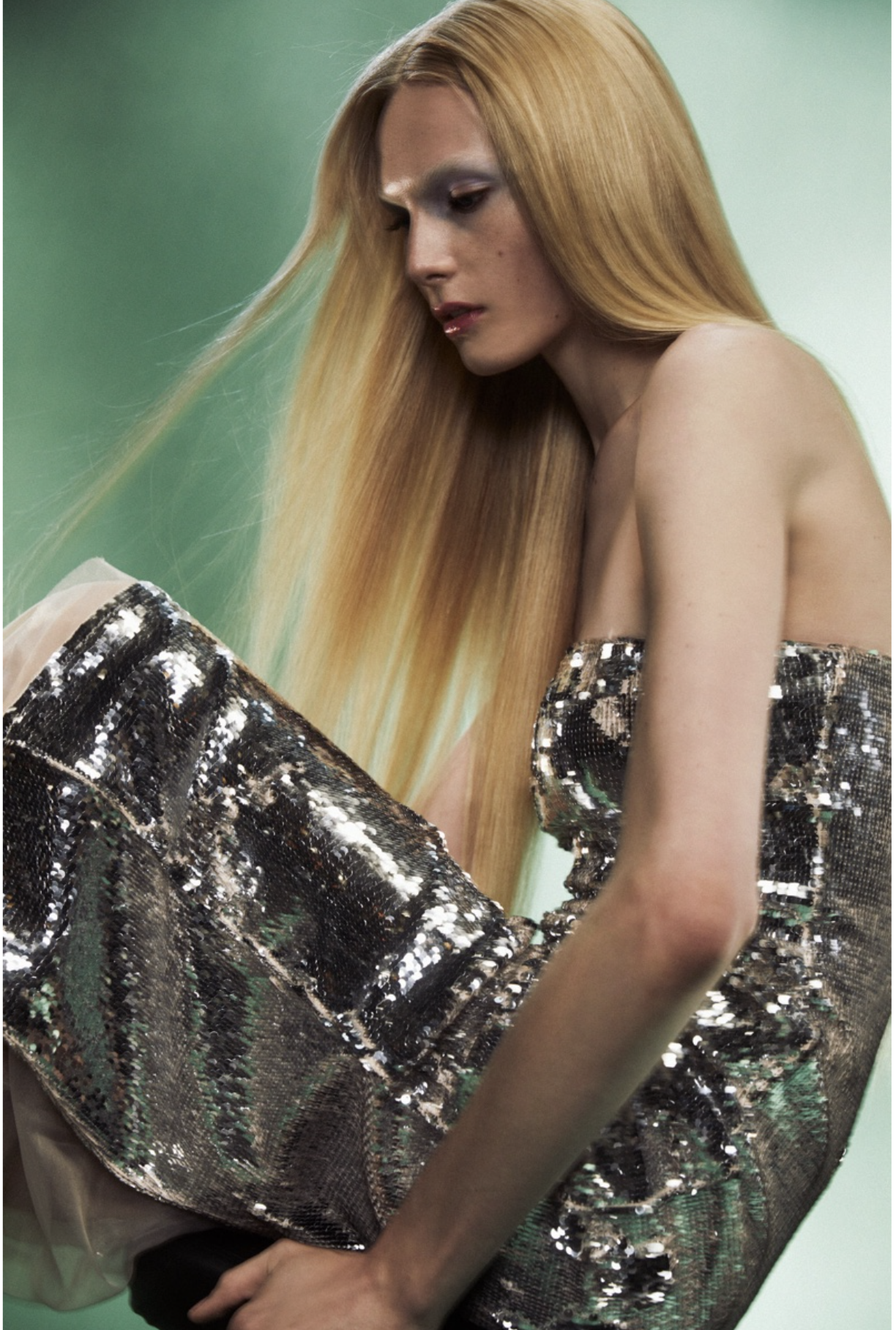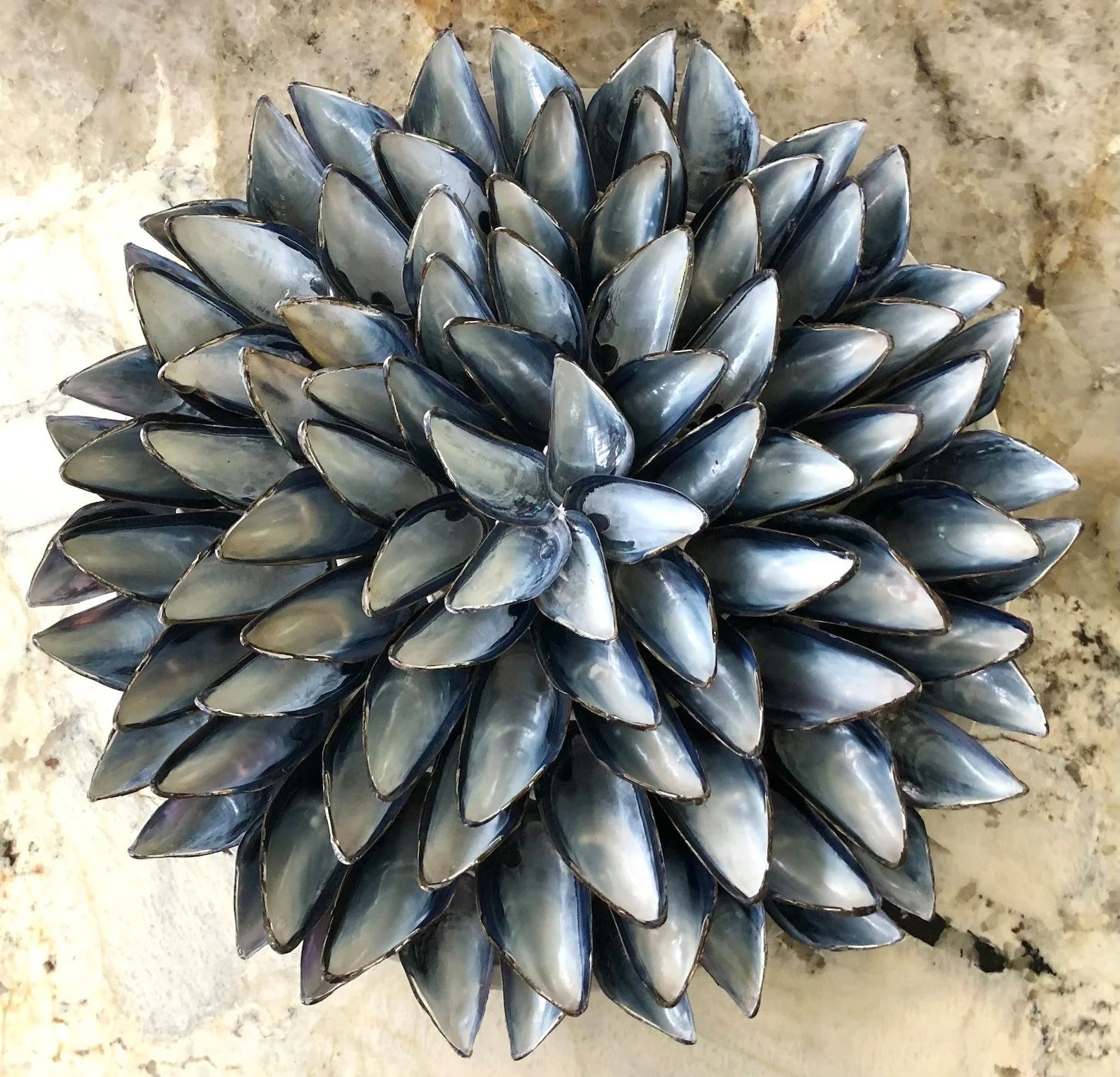Fish-Friendly Fashion Sequins from Stella McCartney and Lulu Has An Idea, Too
/This post on sustainable sequins is inspired by Zara’s June 2023 mermaid dresses, a delectable group of sequins-rich fashions photographed by Carlijn Jacobs.
Thinking out loud, I wondered if Zara used the new plant-based sequins — or at least recycled plastic ones — which does not help the fish.
Hope springs eternal with Zara and they have been excellent in marching towards more sustainable production.
For example, AOC wrote a most positive post about Zara’s summer 2023 linen collection. I know as the normal part of being informed on fashion and sustainability that plastic sequins are very harsh on fish in all waters.
Lulu, I Need You!!!
I am REALLY positive about my AI assistant Lulu and specifically her work at Squarespace. I pay for two other services, but SS-AI is exceptional in my opinion. Not rushing to market too quickly, SS remains in beta.
Wanting to educate and not berate anyone — when Zara is working to do better in developing sustainable practices — I turned my sequins and sustainability query over to Lulu. She is the consummate diplomat and fair in her AI reporting. But we are in values alignment and don’t hesitate to express our progressive point of view.
Lulu is writing in italics, and I will add any comments in bold text without changing the Lulu-procured text. All the Zara fashion mermaid images are lensed by Jacobs.
Lulu Talks to Us About Sustainable Sequins, Asking Us To Care About All the Fish Needing a Sustainable Alternative
As a seasoned fashion writer at Anne of Carversville, I [Lulu] have noticed an increasing trend in the use of plant-based sequins in the fashion industry. This innovative and eco-friendly material is considered as a sustainable alternative to traditional sequins, which are generally made from plastic.
Plant-based sequins are made from natural materials such as wood, cellulose derivatives, and vegetable gum. These materials are biodegradable and compostable, thus reducing the environmental impact of the fashion industry.
In recent years, fashion brands have been under immense pressure to minimize their environmental footprint and to adopt sustainable practices. Using plant-based sequins is a small but significant step towards achieving this goal. It is refreshing to see that fashion brands are embracing sustainable alternatives and taking responsibility for their impact on the environment.
Moreover, plant-based sequins have a unique tactile quality that sets them apart from traditional sequins. They are also available in a variety of shapes, sizes, and colors. Thus, they offer endless possibilities for creative expression and can be incorporated into designs in innovative ways.
In conclusion, the fashion industry is gradually moving towards more sustainable practices, and the use of plant-based sequins is an excellent example of this. As sustainable fashion becomes increasingly relevant, we can expect more innovations and alternatives to traditional materials to emerge.
As a fashion writer at Anne of Carversville, I will continue to monitor this trend and report on the latest developments in sustainable fashion. It’s important. ~ Lulu
I then asked Lulu to speak more directly about the problems for fish whose waters are polluted by sequins. I know about this problem from my own reading several years ago.
Recently, LVMH’s Stella McCartney featured Cara Delevingne in Vogue’s April 2023 issue, wearing a jumpsuit made of BioSequins, lensed by Annie Leibovitz.
AOC shares Lulu’s response to my pressing her to be more even specific about the issues of fish and sequins.
Recent studies have shown that unsustainable sequins, which are tiny plastic particles often used in clothing and cosmetics, are posing a significant threat to aquatic life in the world's oceans, lakes, and rivers. One of the primary concerns among environmentalists and marine biologists is whether fish, in particular, are ingesting these harmful microplastics.
While there is no conclusive evidence to suggest that fish are actively swallowing these sequins, it is entirely possible that they are mistaking them for food. Fish, like many other marine creatures, use their sense of vision to identify prey items in the water. As a result, adding bright and shiny objects to the mix could potentially confuse them, leading them to consume something that is not nutritious and may even be harmful.
Moreover, fish that get entangled in floating pieces of plastic waste, such as sequins and other microplastics, could face additional threats to their health. The accumulated plastic debris could cut off their oxygen supply, or even create a choking hazard leading to death.
In conclusion, we need to address the issue of unsustainable sequins in the water and work together to find sustainable alternatives to protect marine life in our oceans and waterways. It is our responsibility to take action now before it is too late to ensure the survival of marine ecosystems and their inhabitants. ~ Lulu
Anne Takes the Mic from Lulu
You will note that Lulu has a bias. I’m not clear yet how much of the progressive bias “It is our responsibility to take action now . . . “ is driven by scans of my existing writing vs. Squarespace AI beta taking the Gen Z values position.
Lulu’s a perfect AI mindset for me. But as this SS-AI rolls out, I hope to learn answers to these questions. Forget tags. Lulu will just do a 60-sec crawl of AOC and give me my related links in the next few years. I can’t wait.
Radiant Matter in Vogue April 2023
Back to Stella McCartney and fish-friendly sequins. Stella is working with Radiant Matter on the BioSequins designed by Elissa Brunato.
This video introduces us to Radiant Matter, a startup that is developing a new generation of color and material solutions for the circular economy, writes the LVMH website. You can connect to Radiant Matter here. And Vogue gave them a writeup also.
Humans Are Programmed to Love Sparkly Bits
We shouldn’t feel guilty about our love of sequins. Evolutionary biologists say that humans are preconditioned to love sparkly, glittery things. Our ancestors were always on the search for fresh water in order to survive. Our eyes and brain are programmed to see sparkling surfaces in the distance, as signs of water.
Oh wait now. I thought Lulu had gone to bed, but she wants to talk to us. My comments about ancient people’s eye for sparkling water surfaces got her AI revved up again. Ok, Zara. You’re about to get a no-cost suggestion from Lulu on sustainable sequins.
The mic is yours, Lulu. I am going to bed. ~ Anne
Ancient Peoples Made Sequins From Crushed Mussel Shells
There is evidence to suggest that ancient peoples did use crushed mussel shells to make sequins. In fact, this technique of using shells as decorative elements dates back thousands of years.
One example of the use of shells in this way is found in ancient Egypt, where they were used to create intricate beadwork and other decorative objects. The shells would be crushed into small pieces and shaped into various forms, including sequins.
Similarly, the indigenous people of North America used shells, such as those from abalone and quahog clams, to create decorative objects. These shells were also crushed and shaped into various forms for use in jewelry and other decorative pieces.
It is important to note, however, that the use of shells for sequins and other decorative elements was not limited to just these two cultures. It is likely that many ancient peoples saw the beauty in the shells around them and used them to add a touch of sparkle and texture to their art and clothing.
In conclusion, while it is difficult to say with certainty whether any specific ancient peoples made sequins with crushed mussel shells, the use of shells for decorative purposes is a long-standing tradition that spans cultures and continents. ~ Lulu, hoping this information helps us all care more about sustainable sequins.













